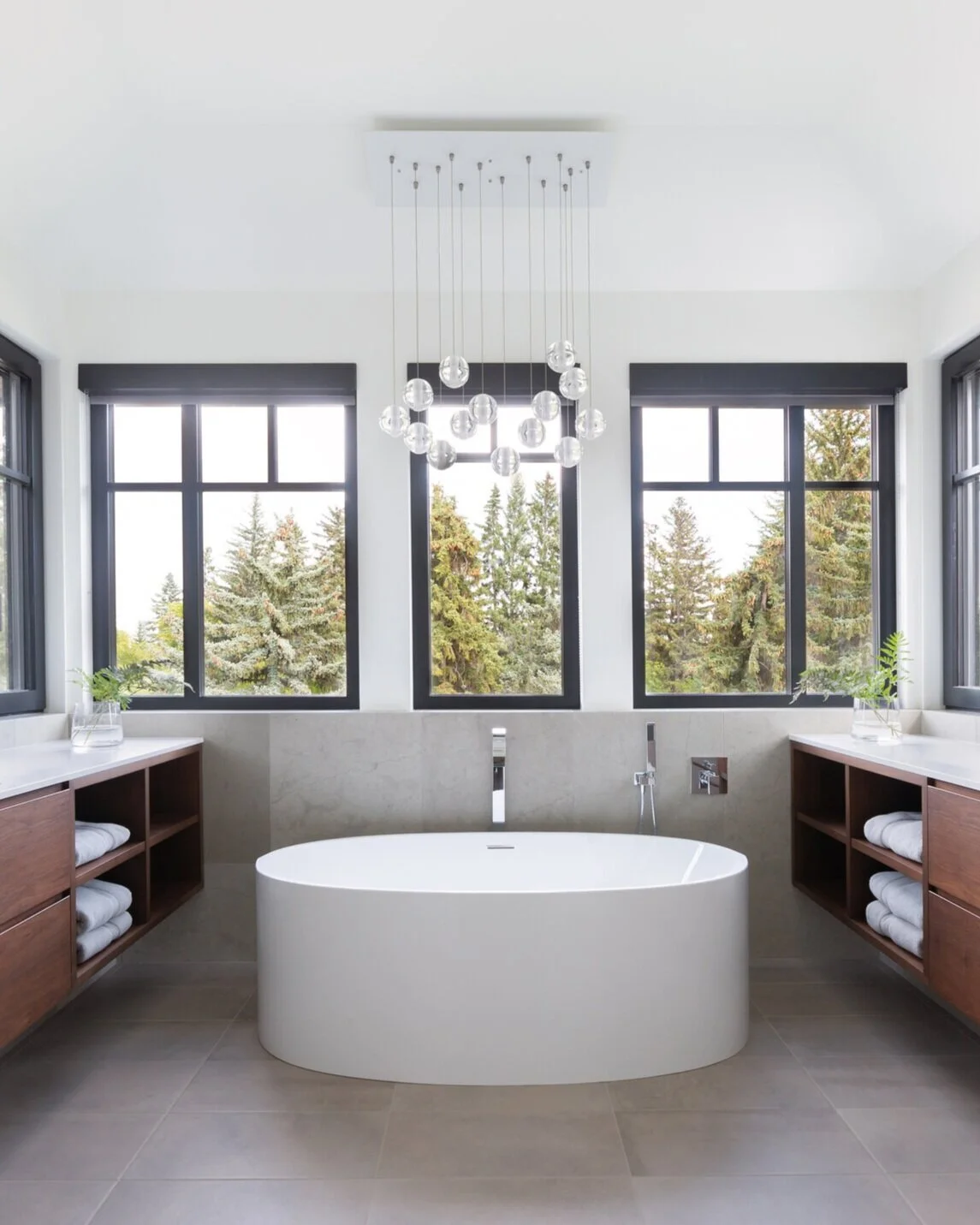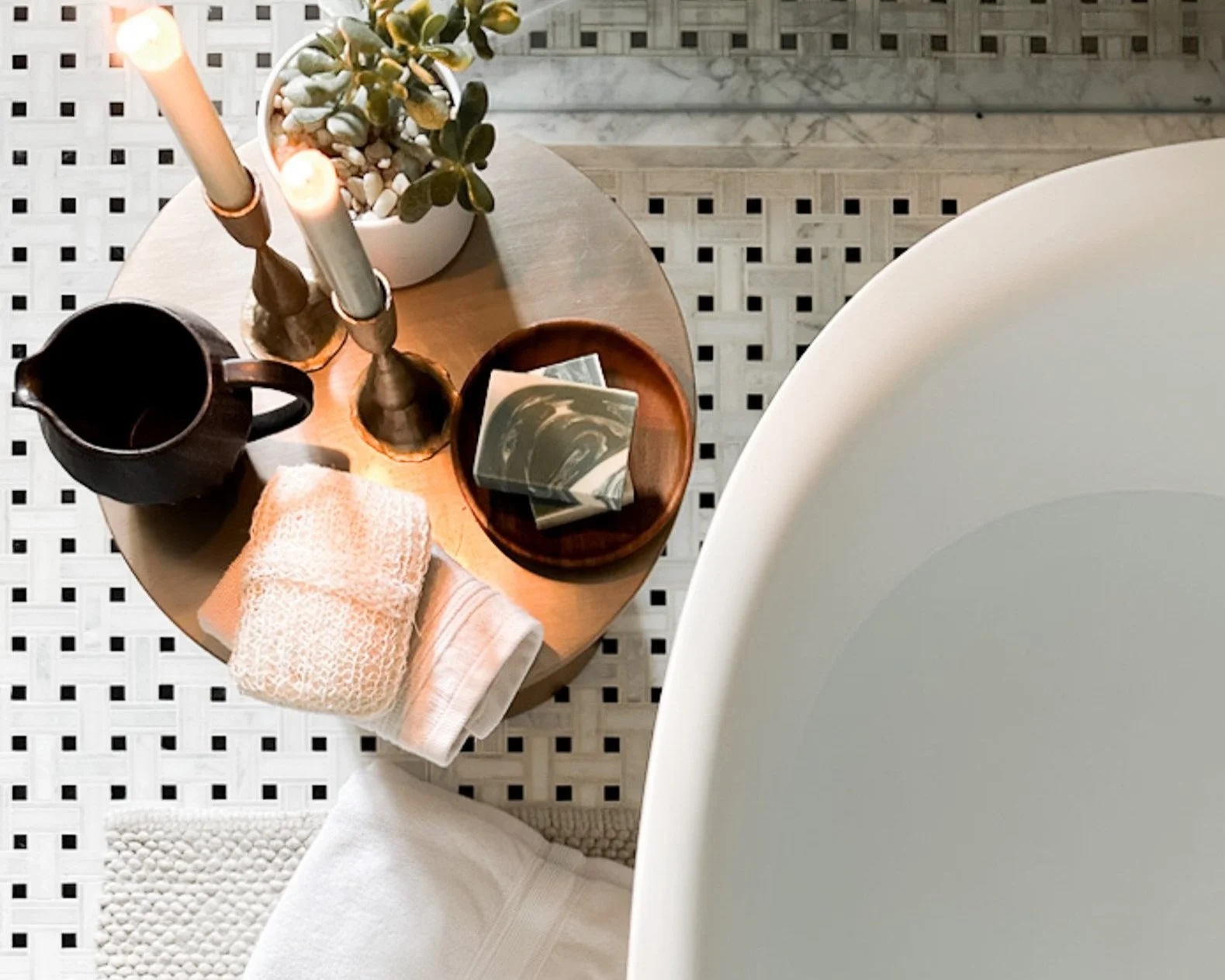3 Types of Bathtubs and How To Choose The Best One
While a shower would likely overrule a bathtub, depending on the space, style and simply whether or not you love bathing, tubs are certainly part of the planning process when designing a bathroom.
From principal bathrooms, to basement suites, bathtubs, not only serve a purpose, but look great too. Whatever your reason to include a tub in a bathroom, here are three types of bathtubs, along with some top tips to consider during the planning process.
FREESTANDING
Common in principal bathrooms and ensuites. Whether you’re a tub user or not, freestanding tubs are a beautiful addition to a bathroom, if you have the space. Here are the details to consider:
a freestanding tub is a statement piece in an ensuite bathroom.
great feature for resale, increasing the value of the home.
range in price from $$ to $$$$$, so selecting a tub based on personal preference is important.
acrylic retains heat, is easy to clean, and should a crack or chip happen, is easy to repair.
cast iron is heavy, and will require additional support, retains heat well, is easy to clean, however chips or cracks are harder to repair.
requires a floor or deck mounted tub filler depending on the specifics of the tub.
Read more about How To Choose A Freestanding Tub
DROP-IN | SKIRTED
Depending on the space and design of the bathroom, a skirted, drop in style tub may be ideal. Here are some things to consider:
installation is either a single unit wall to wall, or the tub would be dropped into a slab frame or surround.
the focus is less on the tub, and more on the surrounding materials; for example: face of tub, wall tile, deck of tub.
tile is not required to the ceiling, providing possible budget to splurge on the surrounding materials.
tub filler is deck mounted within the surround, or within the wall.
overall cost can be dependant on what the surround material is, ie: tile vs. stone slab.
a great option in a master suite where there is a separate shower as this can also be a great focal point in the room.
TUB | SHOWER COMBINATION
Arguably the most common in homes today, albeit dependant on space, and whether a bathtub is even desired. While we’re seeing a shift in preference for showers over tubs, a combination approach is still a great idea. Here are the details to consider:
a tub | shower combination is common in smaller bathrooms as well as secondary/ guest bathrooms.
can be a more cost effective option.
a shower curtain or partial glass partition (shown above) is required.
tub filler and shower head are typically wall mounted.
a steam shower is not compatible with this scenario.
it is necessary to tile all walls to the ceiling (and possibly the ceiling as well), resulting in more square footage required, therefore considering a more cost effective selection of tile would ease the wallet.
Whether you’re doing a small home update, or building a new home from the ground up, thoughtful consideration in bathroom planning will offer benefits for years to come.














